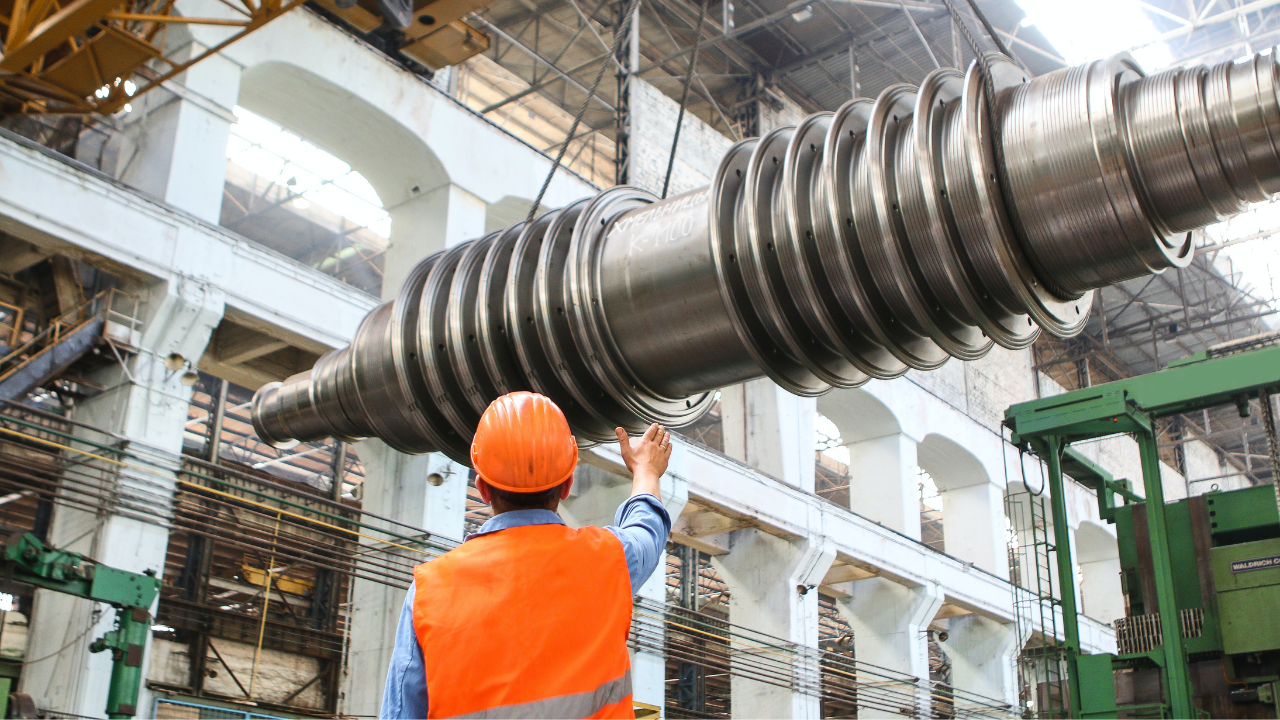
2020 has been the quite a year – not just for the manufacturing sector, but ask just about anyone, anywhere, in any industry and they’ll tell you 2020 has been a challenge.
While the coronavirus pandemic won’t disappear on the stroke of midnight, we can look ahead to 2021 with some optimism.
Manufacturing in 2020: The year of automation
If nothing else, 2020 has moved forward the manufacturing sector’s focus on automation. Manufacturers who already had automation in place to optimise their operations before 2020 have found themselves at an advantage when the pandemic hit. s
Smart manufacturing technologies have assisted workers on the shop floor to do their jobs faster and more efficiently – potentially minimising time-on-site, and making physical-distancing more manageable – as well as assisting back-office staff to continue their roles remotely, where possible.
All of this has enabled business continuity for many manufacturers, even in the midst of ever-evolving safety guidelines, rapid changes in the market, and supply chain unpredictability.
So, what does 2021 have in store?
Smart manufacturing is now entering a new phase.
Manufacturers are competing for business based on productivity – how quickly and efficiently their people can get the job done. That means 2021 is predicted to be the year of the connected worker.
Businesses are expanding their investments in the technology that empowers employees to improve decision-making, to achieve greater productivity, and to stay safe, working remotely where possible.
Manufacturing in 2021: The year of the connected worker
2021 is set to be the year of the connected worker, with manufacturers investing in the technology to enable connectivity. But spending on technology only makes sense when it either removes roadblocks or accelerates productivity – in 2021 and beyond.
Our partners DELMIAWORKS (formerly IQMS) have released an eBook that explores the priorities for this coming year. For the highest ROI, manufacturers should focus their 2021 technology spending on:
- Bridging the skills gap – The competition for jobs in the service sector over those in manufacturing is only increasing. Manufacturers’ only real choice for attracting and retaining the workforce they need is to pay more and offer more compelling work environments.
- ERP – Industry-specific manufacturing ERP is the foundation of ensuring business continuity, enabling real-time insights to:
- Manage rapid changes in market demand
- Keep production on track
- Empower employees to do their jobs well – whether onsite or remote.
- Quoting and pricing – to meet the demands of today’s customer (faster time-to-market, greater channel visibility, and more visually compelling quotes of custom-configured products using 3D images), manufacturers must start with a configure, price, quote (CPQ) tool, which guides users to review available options and select the configuration and pricing that best meet their needs.
- Real-time insights – 2020 has seen manufacturers respond quickly to rapid changes in market demand and shifts in the supply chain, and with those changes, comes an increased reliance on real-time data to quickly make informed decisions.
- Shorter, predictable production cycles – 2020 has also seen unprecedented uncertainty, so manufacturing customers are turning to companies that can quickly deliver quality products, predictably and on time.
- IoT – IoT, or Internet of Things (and IIoT – Industrial Internet of Things) are rapidly becoming the norm in manufacturing plants, with investments in smart sensors and low-cost, low-power edge devices giving manufacturers the competitive edge by capturing a greater variety and volume of data as part of mainstream workflows and production monitoring.
- Compliance expertise – Manufacturers are increasingly viewing regulatory auditors, as teammates, who help ensure that higher levels of compliance and new levels of quality are consistently achieved. This is especially essential in highly regulated industries like food and beverage, medical products, and pharmaceuticals.
- Sustainability initiatives – Manufacturers are increasingly embracing sustainability best practices, with key drivers like:
- Financial benefits of sustainable practices
- Demands for regulatory compliance
- Environmental concerns, or positive PR.
- Digital twins and modelling – digital twin-based projects can help ensure employee safety, create more self-contained work centres, and improve machine uptime, as well as reducing new product risk and providing greater financial visibility.
2020 has seen an increased reliance on smart manufacturing technologies to enabled business continuity. Those same technologies will continue to play a central role in manufacturing into 2021 and beyond.
As manufacturers compete for business based on the productivity of their people, expanding technology investments to address these priorities can empower employees to improve decision-making and achieve greater productivity.
Download the DELMIAWORKS eBook ‘Manufacturing in 2021: The year of the connected worker’ to learn how these nine priorities for technological investment will improve manufacturing productivity – and how DELMIAWORKS can help implement them.
Posted by Paul on 22nd December 2020.

